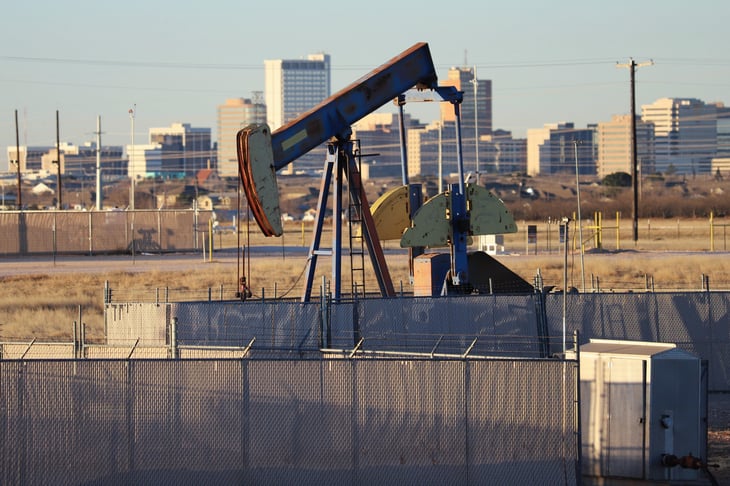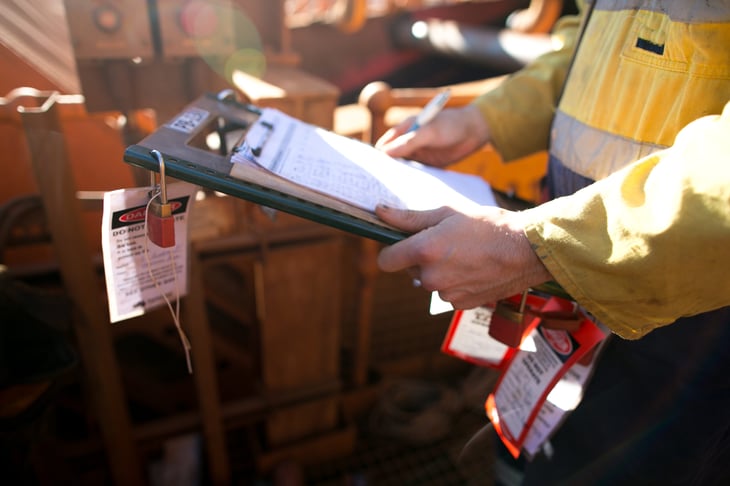
Editor's Note: This story originally appeared on Point2.
The past 10 years have brought massive changes throughout the U.S. labor market.
On the one hand, technological advances have made multiple jobs almost obsolete. Meanwhile, the post-pandemic economic landscape has undergone a seismic shift as the way many people work has morphed in just a few short years.
With this in mind, CommercialCafe looked at which jobs recorded the sharpest declines over the previous decade. The commercial real estate site’s key findings follow.
Entertainment Industry Jobs Among the Fastest-Declining

Certain jobs in the entertainment industry have suffered a double blow over the previous 10 years.
First, as new digital technology systems became more widely integrated, various occupations have significantly declined. Then, the COVID-19 pandemic greatly impacted the sector, with working practices across several jobs changing drastically.
As such, it’s no surprise that three of the top 10 fastest-declining jobs across the U.S. are in the entertainment industry.
An Industry Subject to Rapidly Changing Technological Advances

Indeed, the top two spots were occupied by entertainment jobs, both subject to rapidly changing technological advancements.
Taking the No. 1 position nationally, photographic process workers and processing machine operators have witnessed an 87.5% drop, decreasing from 46,000 posts in 2012 to 5,700 by the end of 2021.
Motion picture projectionist jobs took the second spot after an almost 80% decline, from 8,000 in 2012 to around 1,600 just 10 years later. A clear victim of new technology, the demand for experienced projectionists has shrunk considerably as the movie-going experience and movie theater business adapted to the 21st century.
Finally, the third entertainment occupation in the top 10 was professional dancers, sitting in ninth place. Over the previous decade, the number of pro dancers dropped by 66% from 11,000 in 2012 to 3,900 in 2021.
Extraction Jobs Suffer Steep Declines

It’s not only the entertainment industry that has seen a worrying decline in jobs over the past decade due to technological advancements.
The extraction sector witnessed numerous jobs shrink as more efficient machines replaced human workers. Taking the third position in the top 10, extraction work helpers saw a whopping 77% reduction from 25,840 in 2012 to just under 6,000 in 2021.
In 10th place nationally, after a 64% drop over the past 10 years, the number of oil and gas derrick operator jobs has also decreased considerably. A slowdown in consumption is one of the biggest contributors, particularly around the start of the pandemic.
However, the occupation had been steadily declining long before that. A total of 22,000 workers were recorded in 2012, reaching 7,900 by the end of 2021.
Construction and Manufacturing Jobs Are Also at Risk

Not far behind, construction jobs also took up several positions in the top 10. Wood model makers and patternmakers came in fourth with an almost 73% drop, other clear victims of automation.
Over the past 10 years, new technology and consumer demand for affordable furniture have seen machines replacing many professionals in this sector.
However, new technology isn’t always about increasing profit margins, as we can see in the decline of mining roof bolters.
Taking fifth place, the number of workers in this field shrank by 73% over the last decade, from 6,800 to 1,500. This dangerous profession has slowly been replaced by safer, automated technology.
Dim Prospects in Construction and Manufacturing Jobs

The number of metal and plastic drilling and boring machine workers fell dramatically, decreasing 67% in 10 years and taking seventh place in the rankings.
A nationwide drop in manufacturing would be a major reason, as cheaper goods made outside the U.S. became increasingly popular with consumers.
Prospects in these sectors don’t look high in the future either.
Despite plans to increase manufacturing efforts in the U.S., automation is set to restrict the number of job opportunities as business owners strive to compete on prices with international competition.
22 States See a Loss in Manufacturing, Maintenance & Handling Jobs

Beyond the national figures, it’s well worth looking at how the decline of certain jobs differed across various states.
For example, photographic process workers showed the sharpest drop nationally but also across 10 states, most notably in Virginia, where jobs fell by 96%.
In other states, it’s a different story. While Indiana saw engine and machine assembly jobs quadruple over the last decade, the fastest-declining job here wasn’t entirely dissimilar.
Boilermakers saw a 90% reduction in Indiana over the past 10 years, leaving only around 300 workers by the end of the decade. This comes as no surprise, with professionals in this field more victims to automation. Not only that, but other new technologies may probably see boilers become obsolete.
Similar Stories in Other States

It’s a similar story in several other states.
For example, over the last decade, machinery maintenance worker jobs in Delaware fell by 92%.
Similarly, the Alabama economy shed 92% of tailor, dressmaker and custom sewers jobs, with just 40 workers in these occupations by the end of 2021.
Meanwhile, both Oklahoma and Wyoming saw earth drilling jobs drop most rapidly.
Business and Service Jobs Decline in 13 States

Business and service occupations aren’t 100% secure either, with jobs in these sectors declining sharply throughout 13 states.
Telemarketers were the hardest hit, with four states seeing workers in the field dropping the most: 95% in Kansas and South Dakota, 92% in Mississippi, and 91% in West Virginia.
Meanwhile, shrinking from 51,650 workers nationwide in 2012 to 16,800 just 10 years later, credit authorizers, checkers and clerks took the sixth spot nationally. Notably, the Connecticut economy lost 96% of workers in this field over the previous decade.
Illinois saw the number of desktop publishers fall to just 70 by the end of the decade, a decline of 92%.
Meanwhile, Minnesota‘s word processors and typists witnessed a similar reduction, dropping to 90 workers from 1,070 in 2012.





Add a Comment
Our Policy: We welcome relevant and respectful comments in order to foster healthy and informative discussions. All other comments may be removed. Comments with links are automatically held for moderation.